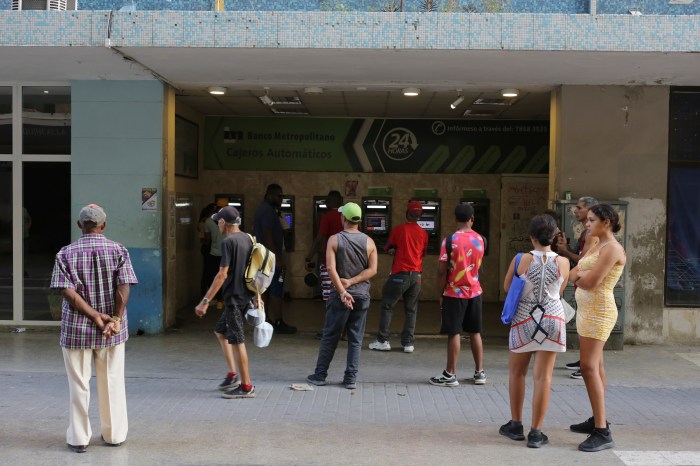The city Landmarks Preservation Commission announced on March 15 the landmark
designation of two buildings in Downtown Brooklyn.
The Romanesque Revival building at 505-513 Fulton St., which was built
in 1890 by Henry Offerman as a warehouse and department store, and a neo-Classical
limestone building 450-474 Fulton St., at the corner of Hoyt Street, which
was built in 1924 as a dry goods store, and later was Namm’s department
store, will both be preserved.
Both buildings dodged what Brooklyn Heights Association governor Meredith
Hamilton saw as a rapidly closing window in light of the Downtown Brooklyn
Plan, which seeks to replace many of the older buildings with new skyscrapers.
Since the plan was passed in July, many landowners whose buildings fall
within the 60-block area could stand to profit by selling or demolishing
their property to redevelop rather than going to the expensive lengths
a landmark would require.
With the help of the Municipal Art Society, a preservationist watchdog
group, Hamilton got the Landmark Preservation Commission’s stamp
of approval.
“We’re very pleased,” said MAS spokesman Brian Connelly,
who considered it a victory. “Downtown Brooklyn has had a wonderful
past and there’s every reason to believe that it would have a wonderful
future.
“With rising rents elsewhere, Brooklyn can be a center for business
and residential life and nightlife,” he said, which is what landmarking
would help draw.
“You’re creating a 24-hour neighborhood by giving people reasons
to be there for 24 hours; places for people to eat, work, sleep, shop,
live their lives.”
Hamilton, who was overjoyed, is still worried the fight to save many of
Downtown’s grander buildings is going to become more difficult in
the face of hesitant property owners.
“Its fabulous, it’s wonderful, they’re doing the right
thing,” she said of the two new landmarks for which she had lobbied.
“However, let’s hope there’s some more.”
Saying that property owners have been complaining about what they perceive
as a threat to their livelihoods by landmarking the buildings, Hamilton
expressed concern that the Downtown Brooklyn Council, which assisted her
in garnering support from owners, had since pulled back in such efforts.
“I’m really worried there might be a bit of a slowdown, so I’m
worried about the others,” said Hamilton.
“The Downtown Brooklyn Council has been trying to educate business
owners down there, because some of them are not happy about it,”
she said.
As a result, the business advocacy council, which formulated the Downtown
Brooklyn Plan with the Department of City Planning, may have stepped on
the brakes.
“It could be quite a while until we see more landmarks down there,”
she said.
Michael Burke, director of the Downtown Brooklyn Council, said that while
he was aware of the apprehensions of the landowners, he thought developing
incentives would help ease the transition for owners of landmarked buildings.
“It’s a done deal,” said Burke, of the two newest landmarks
but added that “buildings like Offerman’s and Namm’s are
not the type of buildings we’re most concerned with. What’s
of most concern when you’re talking about Fulton Mall is a building
from the 19th century where the facade is covered by signs, and an upper
floor is blocked off — there’s not even a staircase.
“Landmarking a building, in and of itself, does nothing for Fulton
Mall businesses,” he said. “The answer is never something as
simple as ‘let’s landmark.’
“In order for the business community to support further landmarking,
the landmarking has to be packaged with incentives and a wide, economic
development program.”




















